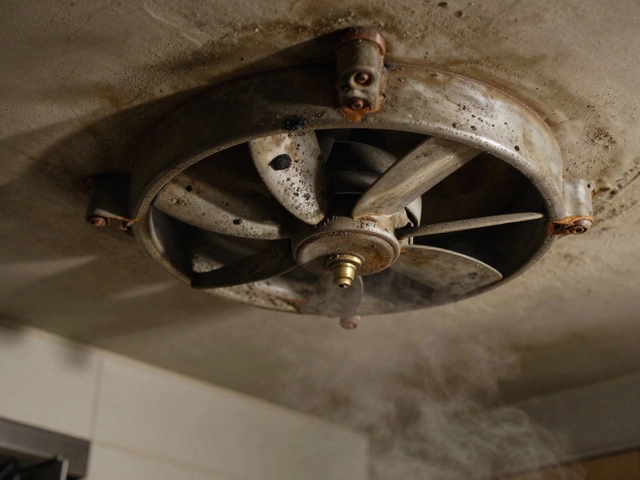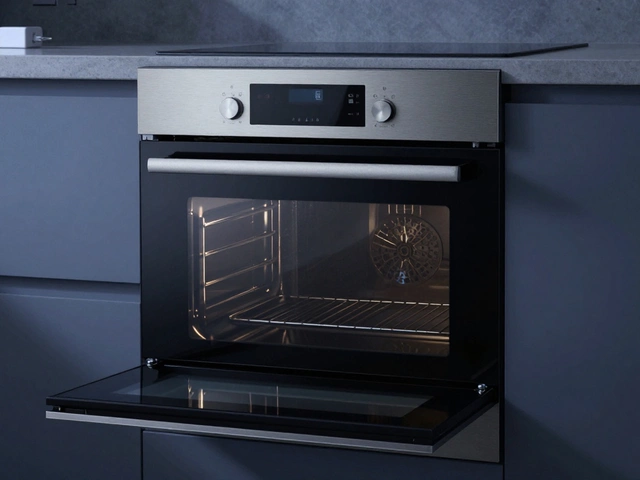Faulty Heater Element
When dealing with faulty heater element, the part that converts electricity into heat inside many home appliances. Also known as heater coil, a broken element can leave your oven cold, your dryer silent, or your washing machine stuck on a cold cycle.
Understanding the heating element, a metal coil or ribbon that heats up when current passes through it. It’s a core component of many appliances and shows up in appliance repair, the service that fixes, replaces, or maintains household machines. Both terms are linked: a faulty heater element triggers a repair call.
Why do these elements fail? Heat stress, mineral buildup, and power surges are the usual suspects. When an element overheats, the metal can develop tiny cracks that stop the flow of electricity. In a dishwasher, that means dishes stay wet; in an oven, bread never browns. Recognizing the pattern—no heat, unusual noises, or a tripped breaker—helps you catch the problem early. Faulty heater element → prevents heating → requires replacement.
Common Signs Across Different Appliances
In an electric oven, the most common symptom is “oven not heating.” The thermostat may still click, but the temperature never rises. A washing machine that won’t warm water often points to a broken heater coil. Even a tumble dryer that runs but stays cool signals a burnt-out element. These clues form a simple rule: if heat stops, the element is the first thing to check.
Testing is straightforward. Unplug the appliance, locate the element (usually behind a panel), and use a multimeter set to resistance mode. A good element reads between 10‑30 ohms; an open circuit shows infinite resistance. If the reading is “OL” or “∞”, the element is dead and needs swapping. This DIY step can save a call‑out fee and get you back to cooking or washing faster.
When you replace the part, match the exact specifications—voltage, wattage, and size. Using the wrong element can damage the appliance or create a fire hazard. Most manufacturers list part numbers in the user manual; online databases let you search by model. Buying a certified replacement ensures a snug fit and reliable performance.
Safety matters. Always disconnect power and, for gas‑powered ovens, shut off the gas supply before opening panels. Wear gloves to avoid sharp edges, and double‑check connections after fitting the new element. Once everything’s back in place, run a short cycle to confirm heat returns. If the problem persists, the issue might be the thermostat or a wiring fault—time to call a professional.
Professional appliance repair, service that diagnoses and fixes faulty home machines technicians have specialized tools like heat guns and insulation testers. They can also spot hidden damage such as corroded wires, which DIY fixes often miss. Hiring an expert is worth it when the appliance is still under warranty or when you’re dealing with high‑voltage appliances like built‑in ovens.
Beyond ovens and washers, heating elements appear in water heaters, space heaters, and even electric kettles. A broken element in a water heater leads to cold showers, while a faulty kettle element means you’ll be sipping lukewarm tea. The same troubleshooting steps—visual inspection, resistance test, and part replacement—apply across the board.
Preventive maintenance can extend the life of any heater element. Keep the area around the element clean to avoid dust and mineral buildup, descaling appliances that use water regularly, and avoid sudden power spikes by using surge protectors. Regularly running a short heating cycle can also keep the element “warm” and less prone to cracking.
Now that you know how a faulty heater element shows up, how to test it, and when to call in a pro, you’re ready to tackle the issue in any of your appliances. Below you’ll find a curated list of articles that dive deeper into specific appliances, cost comparisons, and step‑by‑step guides to help you decide whether to repair or replace. Browse through to get the exact advice you need for your oven, washer, dryer, or any other heated device.
Think your showers are getting colder? You might be facing a bad hot water heater element. This guide will show you the signs, reasons, and quick checks to confirm if your heater’s element has called it quits. I’ll break down what’s happening inside the tank and when you should grab your toolbox or call in a pro. You’ll get tips anyone can follow, even if you’ve never tinkered with a heater before.


